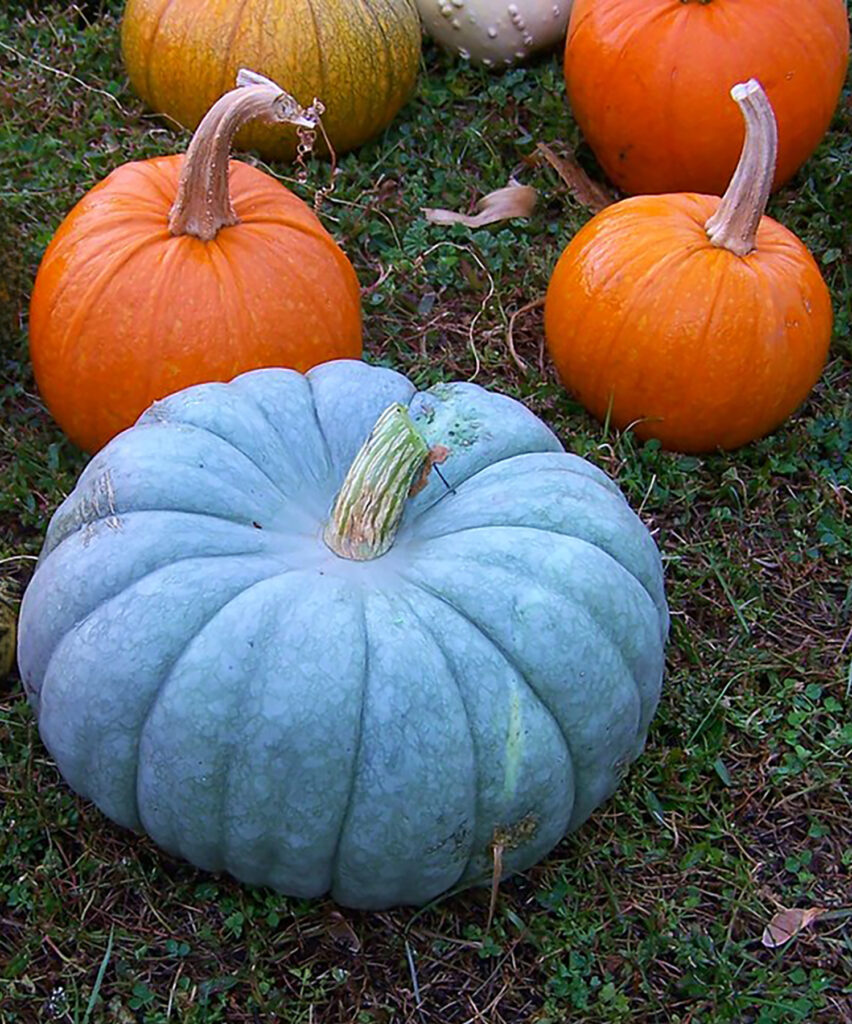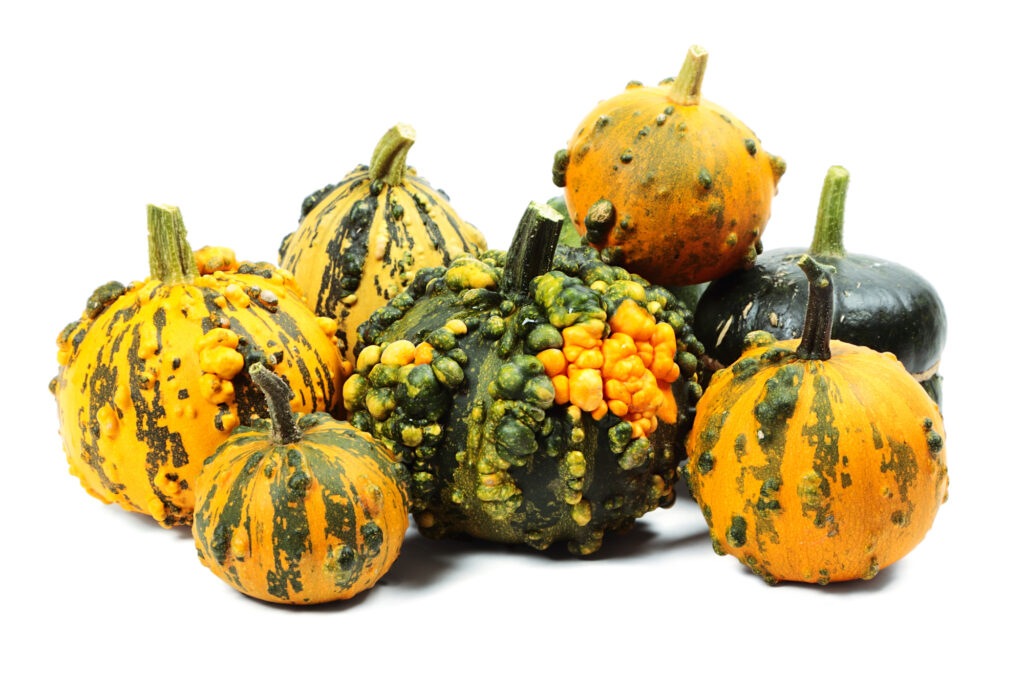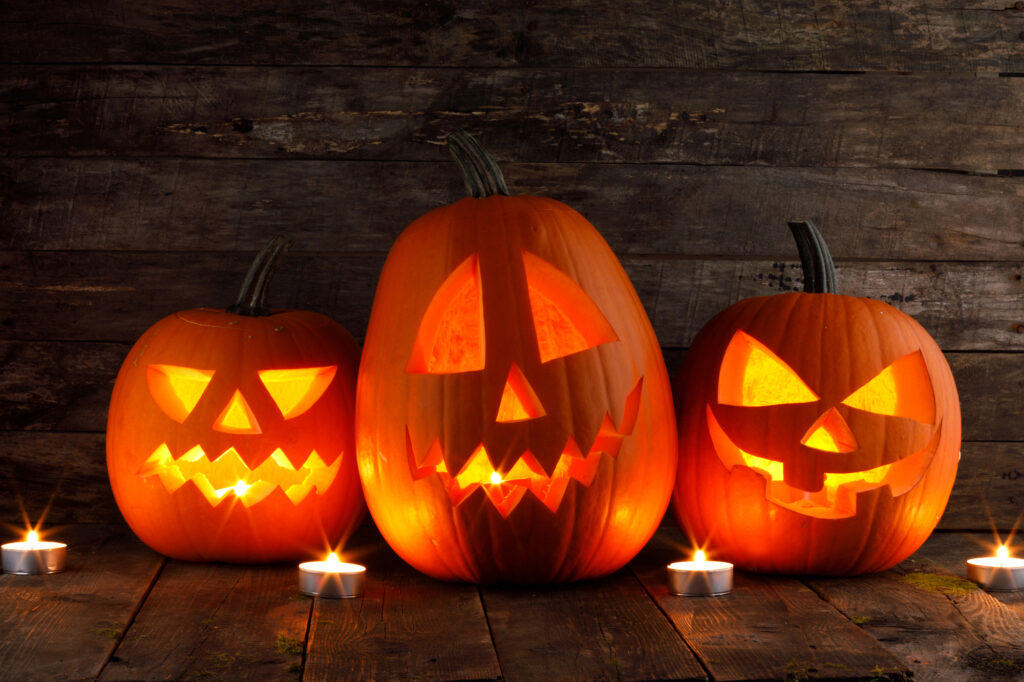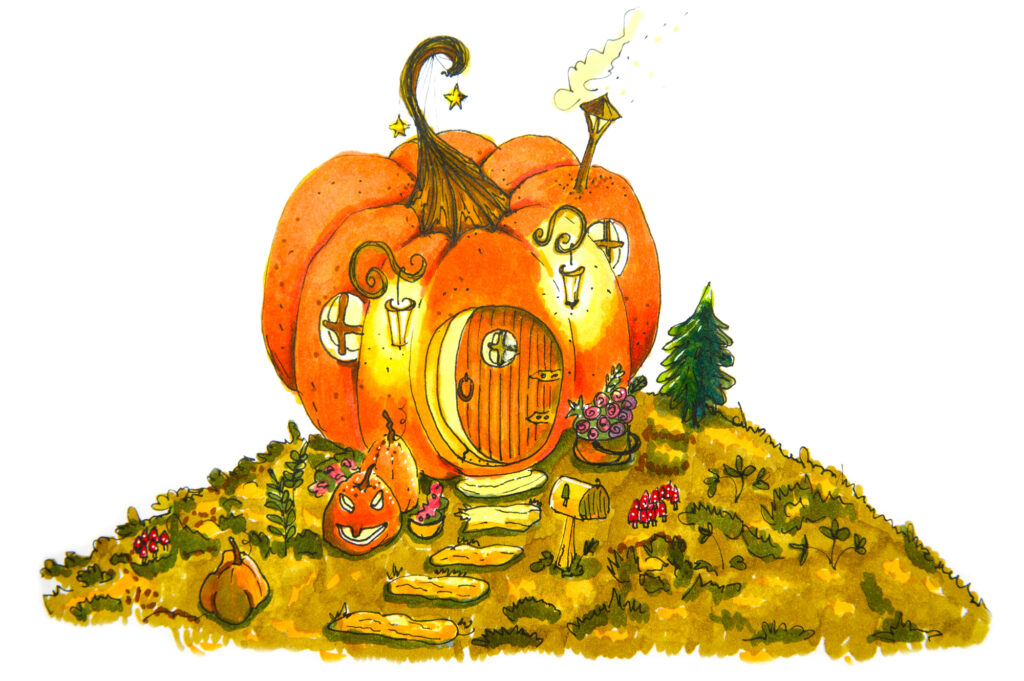No way!
Blue pumpkins come from a big family rich in colors and types – way beyond the familiar orange. According to the Missouri Botanical Garden, pumpkins are part of a large and diverse plant family, Cucurbitaceae, which includes squash, gourds, watermelons, and cucumbers.
Dr. Joe Masabni maintains in Agrilife Today, that pumpkins, whether blue, red, yellow, orange, or white are actually berries – fruit – “because anything that starts from a flower is botanically a fruit.”
Pumpkins have varieties that feed the imagination, like Blue Moon, Cinderella’s Carriage, Goosebumps, Black Kat, Hooligans, and Jack-Be-Little. Sizes range from miniature – less than 2 pounds – to giants, like the one horticulture and landscape teacher, Travis Gienger, grew in his Anoka, MI. backyard. Gienger named his pumpkin Michael Jordan for the legendary basketball player’s retired number 23 or the year the pumpkin was grown. Michael Jordan broke the record, weighing in at 2,749 pounds!
A bit heavier than its namesake.
The most recognizable pumpkins are classic orange varieties like Autumn Gold, Harvest Moon, and Captain Jack. If you’re looking for canned pumpkins, head over to Illinois where you can find Libby’s Select Dickinson variety and the company (now owned by Nestlé) that processes 500,000 pumpkins a day during harvest season.
Cook’s Info claims that “The variety has an ideal taste and texture for pumpkin pies . . . when cooked and pureed, the meat of the Dickenson is luscious, creamy, and naturally sweet.”
That’s a lot of pumpkin pies.
Check out some strange types known as warty pumpkins that are eaten or used for decoration. They have fitting names like Knucklehead, Warty Goblin, and Red Warty Thing.
There are also goofy hand-carved Halloween pumpkins called Jack O’Lanterns.
What’s the story behind a fruit that has so many colors, faces, and names?
Pumpkins are one of the world’s oldest domesticated crops. Long before 1620 when the Pilgrims arrived in the New World, pumpkins were an important part of the Native American diet. It’s been estimated that pumpkins have been around for 9,000 years. They were first found growing wild in the Americas – primarily Mexico and Central America. Pre-Colombian natives grew pumpkins because they were an ideal food for storing during cold weather and food shortages.
Native Americans used a planting system called “Three Sisters” where domesticated plants sustained each other. Corn was a trellis where beans could climb, stabilize stalks, and nourish the soil; pumpkins protected shallow roots and prevented weeds.
Christopher Columbus was the first European to bring pumpkin seeds to Europe in 1492. Eventually countries like France and Spain started growing their own pumpkin crops.
Back in America, Indians served pumpkin to the new colonists at the first Thanksgiving Dinner. It eventually became a reliable food for people as well as livestock. Gerard Paul, in Many Eats, describes how “pumpkin made its way into stews, brews, and later on into pies in the Puritan diet.”
Today, pumpkins are grown on every continent on Earth except Antarctica. Go to Australia and you’ll find the blue pumpkin’s relative, Jarrahdale. Check out Israel – where ancient mosaics have images of the pumpkin family – and new varieties were developed like the Orangetti Spaghetti Squash and Table Sugar Pumpkins. Head to top pumpkin producers in India, Italy, and Portugal.
Most parts of the pumpkin are edible – the shell, the flesh, flowers, leaves, and seeds. There’s pumpkin seed oil and seed meal that improves the nutrition of eggs for human consumption. Pumpkins have played a part in folk medicine. Native Americans as well as traditional Chinese medicine used them for urinary ailments and treatment of parasitic disease. Germany and southeastern Europe used the seeds to treat irritable bladder and prostate diseases.
Perhaps the most fun is the use of pumpkins in folklore. Cinderella’s carriage turned into a pumpkin at midnight and the headless horseman in The Legend of Sleepy Hollow often used a pumpkin as a substitute head. Carved Halloween pumpkins came from a folk legend about a lost soul – to scare away evil spirits.
The advice from Mother Goose’s nursery rhyme says it all.
Peter, Peter pumpkin eater,
Had a wife but couldn’t keep her;
He put her in a pumpkin shell
And there he kept her very well.







Yay for pumpkins- especially pumpkin pie! I love your articles; the only downside is they make me hungry for the topic at hand. Fortunately pumpkin pie is readily available. Yet another fun and distinguished history of a humble foodstuff. Thank you!